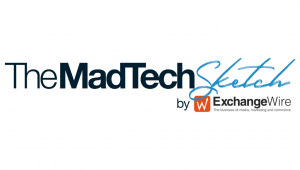Digest: Meta Launches new AI App; Snap Suspends Forecast Amid Economic Uncertainty
by on 1st May 2025 in News

In today’s Digest, we discuss Meta’s new AI app, Snap suspending its forecast amid economic uncertainty, and WPP’s latest revenue figures.
Meta Launches new AI App
Meta has unveiled a stand-alone AI assistant app, offering users direct access to Meta AI outside its existing platforms. Announced at the company’s LlamaCon event on Tuesday, the app enters a growing field of AI tools led by the likes of ChatGPT and Claude but with a key differentiator. Unlike rival models, Meta’s AI draws on user data already shared across its ecosystem, such as Facebook and Instagram profiles and engagement history, enabling it to deliver more personalised responses. According to Meta, the app can “draw on information you’ve already chosen to share on Meta products,” setting it apart from competitors that lack this depth of behavioural insight.
Snap Suspends Forecast Amid Economic Uncertainty
Snap has announced it will not issue a second quarter financial forecast, citing heightened economic uncertainty and the potential impact of US tariffs on global markets and digital advertising spend. The move triggered a 13% drop in share value during extended trading, reflecting investor concerns over future visibility.
Despite the challenges, Snap reported a strong first quarter, with revenue rising 14% year-on-year to USD$1.36bn (£1.09bn), slightly above analyst expectations. The company also reported continued momentum in platform growth and diversification. Snapchat+ subscribers surged 59% year-on-year to 15 million and daily active users climbed 9% to 460 million, surpassing forecasts.
WPP’s Revenue Dips
WPP has shared its latest revenue figures for the first quarter of 2025. The advertising giant saw revenue dip 5% year-over-year on a reported basis. However, performance during the quarter remained consistent with expectations. CEO Mark Reid said that this was a reflection of “macroeconomic challenges and the timing of new business”. He stated that they expect these factors to continue into the second quarter, anticipating improvement later in the year during the second half.








Follow ExchangeWire